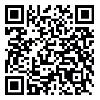

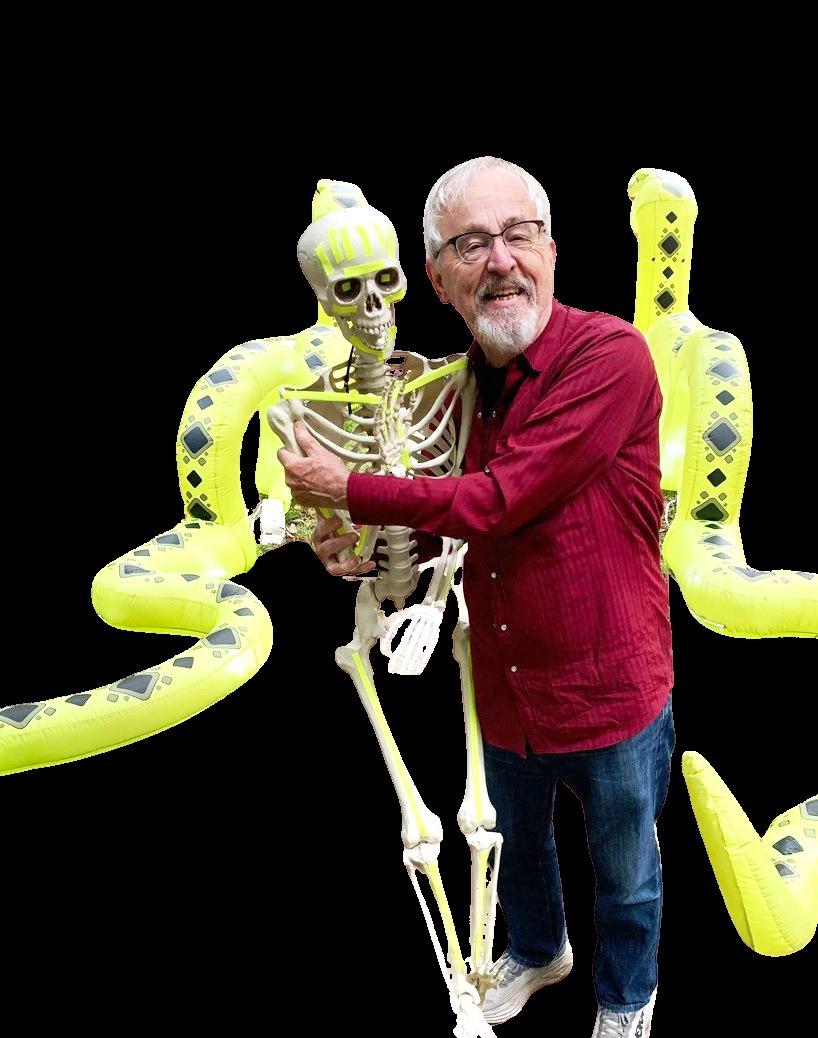










Ineveryera,therearevisionarieswhodon’tjustparticipateintheir
field—theyredefineit.Intherealmofeducationandinnovation, Dr.RichardLarsonstandstallasoneofthoserarefigureswhose workhasconsistentlypushedtheboundariesofwhatlearningcanand shouldbe.
AsweintroduceTheMostInfluentialEducationWizardtoWatchin 2025,thisrecognitionisnotsimplyabouttitlesoraccolades—itis aboutimpact.Dr.Larson’scareerhasbeenmarkedbyadeep commitmenttoempoweringthinkers,transformingtraditional pedagogies,andbridgingtheoften-dauntinggapbetweentechnology andeducation.Hisinfluenceextendsfarbeyondclassroomsand researchlabs;itshapeshowstudentsengagewithknowledge,how educatorsapproachtheirmission,andhowsocietiesprepareforthe demandsofthefuture.
KnowngloballyforhispioneeringcontributionsattheMassachusetts InstituteofTechnology(MIT),Dr.Larsonhasbeenattheforefrontof educationalinnovationfordecades.Whetherthroughhis groundbreakingworkinoperationsresearch,hisleadershipinglobal learninginitiatives,orhiseffortstomakeeducationmoreaccessible andintelligentthroughAIanddigitalplatforms,hisjourneyisnothing shortofextraordinary.
WhatmakesDr.Larsontrulyinfluentialishisabilitytoseeeducation notjustasasystem,butasaliving,evolvingecosystem—onewhere curiositymeetsstructure,andwhereinnovationmustalwaysservea greaterhumanpurpose.Hisworkinspiresagenerationofeducators, policymakers,andlearnerstothinkmoreboldly,inclusively,and responsibly.
Thisspecialfeatureisatributetoalifetimeofcontributionandafuture ofcontinuedrelevance.Astheeducationsectorgrappleswithnew technologies,shiftinglearnerneeds,andglobalchallenges,leaderslike Dr.Larsondon’tjustoffersolutions—theyoffervision.
Wearehonoredtospotlightamindthatcontinuestoshapeminds.In 2025andbeyond,theworldwillbewatching—andlearning—fromthe enduringlegacyofDr.RichardLarson.

Inspiring a World of Thinkers: Richard Larson’s Lifelong Journey in Education and Innovation
18
EdTech Needs EdLeaders
Guiding Schools into the Digital Age
From Classrooms to Communities
Expanding the Impact of Educational Leadership

Art
Business
Business
Digital
Co-designer
Marketing


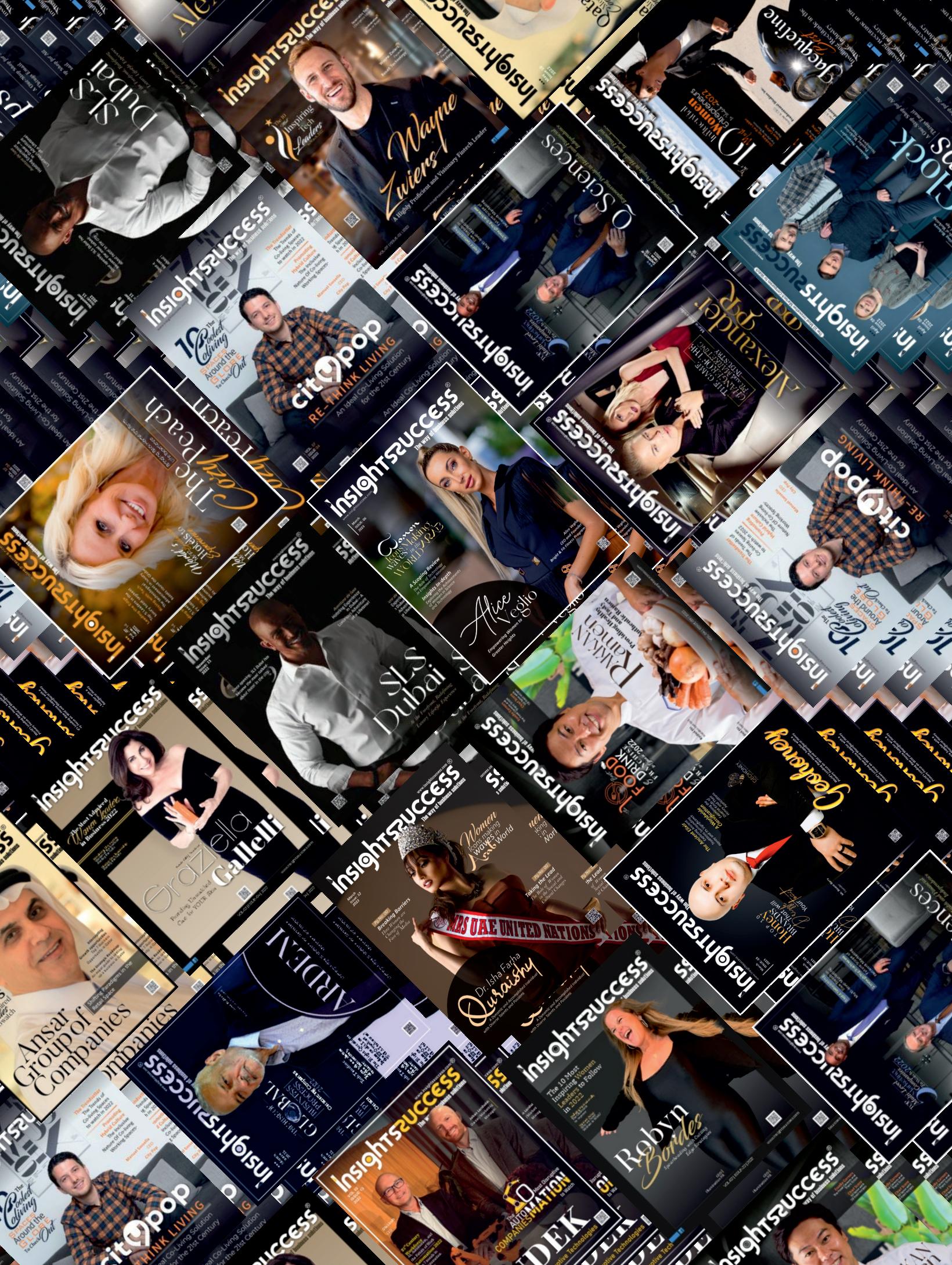


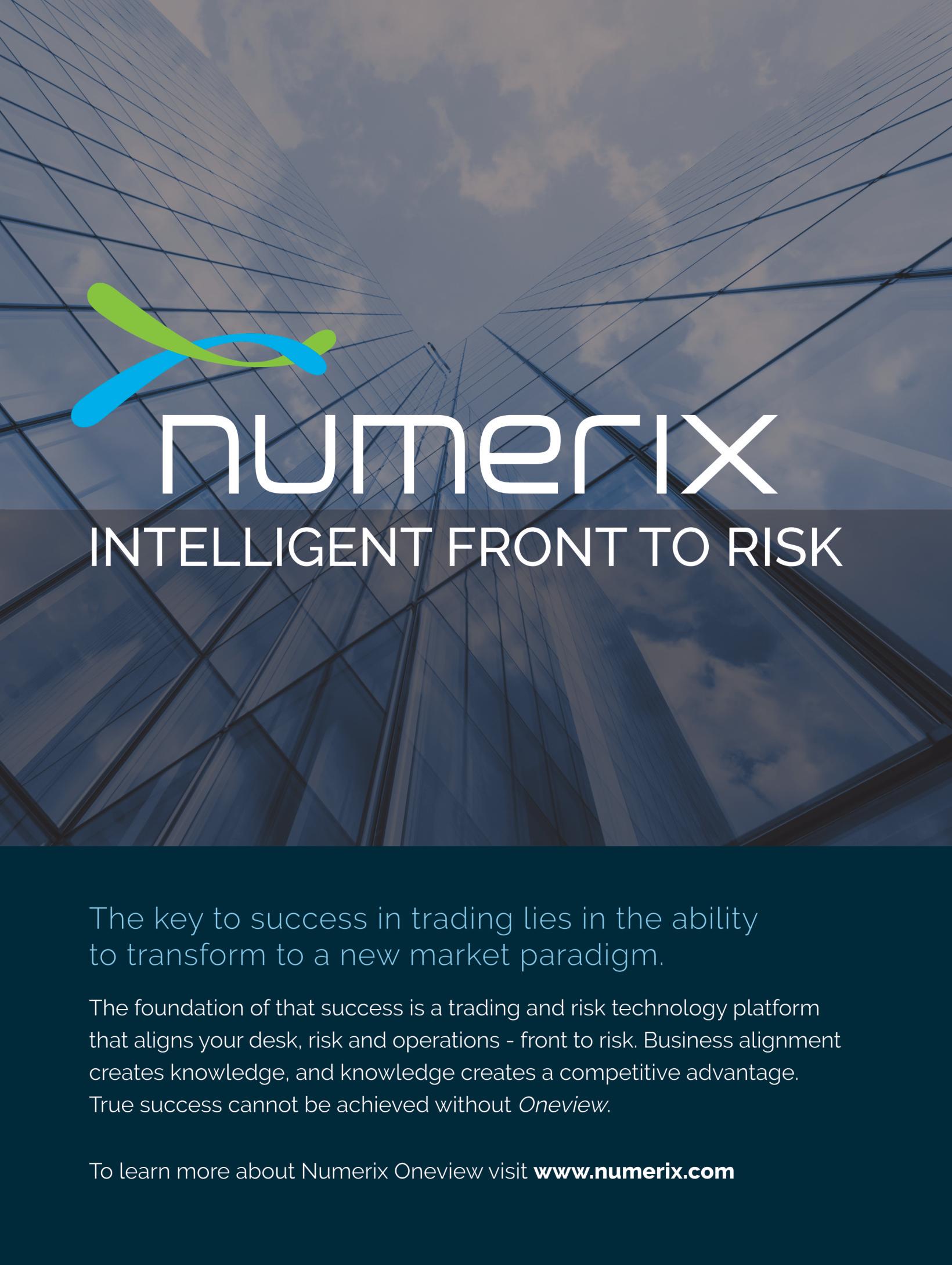






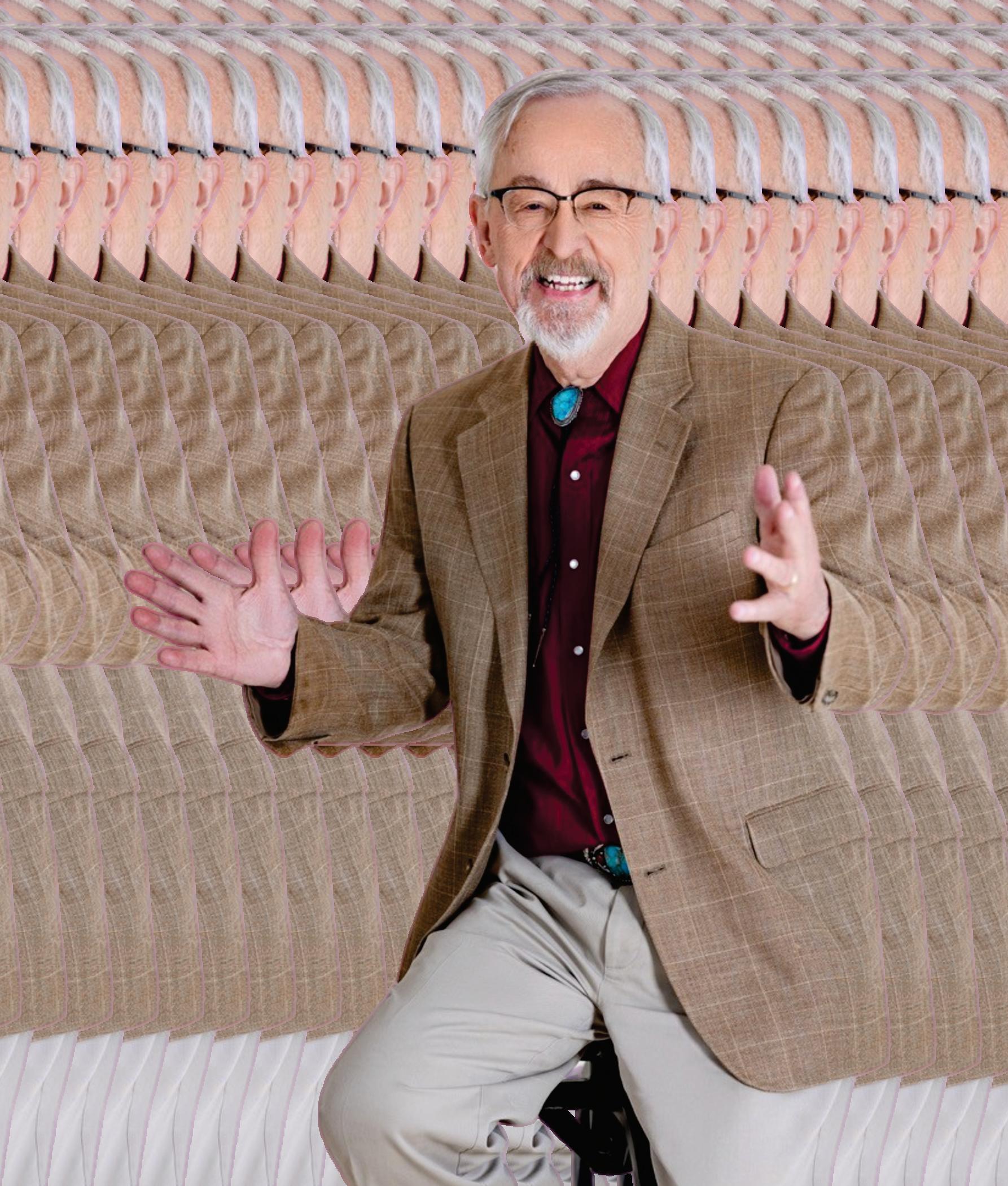










RichardLarson’snameissynonymouswithlifelong learning, innovation, and academic rigor. His journey through research, education, and public service offers a vivid illustration of how one person’s relentlesspursuitofknowledgecancreatemeaningfulchange in both local and global communities. Over the decades, Larsonhasbuiltalegacythatspansacrossdisciplines—from pioneering work in queueing theory to leadership in educational reform and MODEL-BasedThinking. But more than the accolades and positions, it’s his mindset—curious, compassionate, and committed—that has made the most impact.
Hiscontributionshavegonebeyonduniversitycorridorsand academic journals. Richard Larson has always believed that education is a transformative force, capable of empowering individuals regardless of background. His commitment to makingknowledgemoreaccessibletoabroaderaudiencehas defined his post-retirement years, particularly through his book MODEL THINKING For Everyday Life Even today, long after his tenure in academia, he continues to engage, teach, and inspire through public forums and media platforms.
In many ways, Richard Larson’s story is not just one of personalachievement,butalsoofenduringservicetotheidea that learning should never cease Rooted in values of curiosity, discipline, and empathy, his work continues to influence the next generation of thinkers, educators, and innovators.Hisisavoicethatchampionsnotonlyacademic excellence, but also humanity’s shared potential to learn, grow,andthrive.
Richard Larson credits his journey in academia to his early admissiontoMITatjust18yearsold.ComingfromNeedham HighSchool,heenteredMITwiththesupportofhisfamily, althoughfinancesweretight.Whilehisfatherinitiallyhoped he would commute, Larson joined the Phi Beta Epsilon fraternity, a decision that proved transformational. The fraternity was located on MIT’s Memorial Drive, offering bothconvenienceandatightlyknitsupportsystemofpeers.
Immersed in a vibrant academic culture, Larson soon discoveredhispassionforsystemsandstructures,whichled him to pursue graduate studies and eventually a PhD in OperationsResearch.Apivotalmomentinhiscareercame
Beyond his work at MIT, Richard Larson has made substantial contributions to education access. “ “




Richard Larson o�ers this timeless advice to aspiring educators and researchers: “Follow your learning passions.” He encourages intellectual curiosity, bold exploration, and the willingness to challenge conventional wisdom.
“ “
when his faculty advisor, ProfessorAlvin W Drake, invited him to stay on as an Assistant Professor—an offer that surprised him. He grappled with imposter syndrome, wonderingifhetrulybelongedinafacultyrolesosoonafter graduating. However, his deep intellectual curiosity pushed himtoaccept.
Larson rose through the academic ranks with integrity and excellence. He remained at MIT for the entirety of his professional career, drawn by the institution’s ecosystem of innovation and the joy he found in research, collaboration, andteaching.
Throughout his academic career, Richard Larson found his greatest fulfillment in teaching and mentoring While lecturing brought its own rewards, it was the one-on-one engagement with students that he valued the most. Larson deeply enjoyed supervising research projects, guiding graduate students, and witnessing the evolution of curious learnersintogroundbreakingthinkers.

He believed that true education involved more than just content delivery—it required fostering a mindset of critical inquiry, encouraging creativity, and instilling intellectual rigor. Many of his former students have gone on to become thought leaders in their fields, and Larson takes immense prideinknowingheplayedaroleintheirdevelopment.
Larson often emphasized that the role of an educator is to inspireandignitepassionforlearning,notjusttodisseminate facts.Heconsideredmentoringtobeareciprocalrelationship where he too learned from the perspectives and questions posedbyhisstudents.
Althoughretiredfromteaching,RichardLarsoncontinuesto beanadvocateforpublicintellectualengagement.Hisrecent work has focused on simplifying complex ideas for broader audiences.Hisbook,MODELTHINKINGForEverydayLife, encapsulates this mission. In it, he explains how conceptual models—frameworks for understanding reality—can help individuals make better decisions, solve problems more effectively,andengagemorecriticallywiththeworld.








His philosophy is clear—education should be a catalyst for social equity, enabling all individuals, regardless of background, to realize their potential. “ “

He views MODEL-BasedThinkingas an essential life skill. By making these models accessible, he hopes to cultivate analytical reasoning and structured problem-solving in people from all walks of life. This effort reflects his larger belief:educationshouldempower,notintimidate.
Richard Larson firmly holds that learning is a lifelong endeavor. Echoing Einstein, he often says, “A day without learningisadaywasted.”Forhim,learningisn’tlimitedtothe classroom or academic texts. It can arise from the simplest dailyexperiencesorthemostcomplexresearchchallenges.
Some of his most significant breakthroughs, such as the Hypercube Queueing Model, originated in unexpected places—even in dreams. Twice, he awoke with solutions to complex problems, including one instance where he documentedagroundbreakingideaat3:00AM.Theseevents confirmedhisbeliefthatthemindnevertrulystopslearning, eveninsleep.
Larsonurgesotherstoremainopenandcurious.Hebelieves that maintaining a mindset of inquiry keeps individuals intellectually agile and emotionally grounded. Whether it’s observinganimalbehaviororengaginginscholarlypursuits, heseeseverymomentasanopportunityfordiscovery
Beyond his work at MIT, Richard Larson has made substantial contributions to education access. He has supported initiatives aimed at expanding educational resources to underrepresented communities, such as Notre Dame Cristo Rey High School. His belief is firm: education shouldnotbeaprivilegeofthefewbutarightofthemany
OneofhisenduringcontributionstoMITistheestablishment of the Larson Chair in Data, Systems, and Society. This endowed faculty position supports research and teaching in areascriticaltomoderntechnologicalandsocialsystems.Itis hiswayofensuringthatMITcontinuestocultivateexcellence longafterhistenure.
His philosophy is clear—education should be a catalyst for social equity, enabling all individuals, regardless of background,torealizetheirpotential.
EvenacareerasillustriousasRichardLarson’shasnotbeen withoutitsstruggles.Onehumblingepisodeoccurredearlyin



Richard Larson found his greatest ful�llment in teaching and mentoring.
histeachingcareerwhenhewasunabletoadequatelyexplain an equation during a lecture.The experience shook him and promptedadeepcommitmenttopreparationandmastery.
Fromthatpointforward,hededicatedhimselftoknowinghis subject matter thoroughly before every class.This approach notonlyimprovedhisteachingbutalsoreinforcedapersonal discipline of intellectual rigor He views mistakes not as setbacks but as valuable learning opportunities that sharpen characterandimproveoutcomes.
Throughout his professional life, Richard Larson remained deeply devoted to his family He was married to Mary Elizabeth Murray (“Liz”) for 43 years, and together they raised three children and cherished the joy of four grandchildren.Lizwasnotjustalifepartnerbutacollaborator inmanyofLarson’sacademicventures.
SheplayedasignificantroleinmanagingMITBLOSSOMS, a global online learning initiative the couple championed. Their joint work took them around the world, including a memorable presentation in Saudi Arabia, where Liz addressedalargeaudiencewithpoiseandconviction.
Her passing left a profound void, but her legacy lives on in theirsharedcontributionstoeducationandpublicservice.
Larsoncontinuestoobserveemergingtrends,particularlyin Artificial Intelligence. He sees the rise of AI as both an opportunityandachallenge.Ononehand,AIhasthepotential torevolutionizeeducationandresearch.Ontheother,itraises pressing concerns about academic integrity and authentic learning.
HeisparticularlywaryofstudentsusingAItoolstocomplete assignments without truly engaging with the material. His hope is that educational institutions will strike a balance—leveragingAI’s capabilities while maintaining the core values of learning: critical thinking, originality, and ethicalinquiry
Larson believes that while technology may change, the human traits that drive meaningful education—curiosity, creativity,andcharacter—willremainessential.
Richard Larson offers this timeless advice to aspiring educators and researchers: “Follow your learning passions.” He encourages intellectual curiosity, bold exploration, and the willingness to challenge conventional wisdom.
He points to his own breakthroughs the Hypercube Queueing Model and the Queue Inference Engine as examples of innovation born from persistent inquiry and unorthodox thinking These contributions have been instrumentalinshapingmodernemergencyresponsesystems andoperationsmanagementpractices.
Hismessageisclear:stepbeyondthefamiliar,engagedeeply with the unknown, and let passion guide your intellectual pursuits.
Although no longer conducting cutting-edge research, Richard Larson remains a tireless advocate for MODELBased Thinking. His current mission is public education helping people across various sectors use models to improvedecision-making.
His book, speaking engagements, and media appearances —including a prominent feature on a Times Square digital billboard—reflecthisenduringbeliefthatknowledgebelongs toeveryone.Hecontinuestowrite,speak,andinspire,driven bytheconvictionthatlearningneverends.
ForRichardLarson,thejourneyofknowledgeisinfinite.And as long as minds are willing to explore, he will be there—guiding,sharing,andlearningalongsidethem.









EdTech Needs EdLeaders:
Education stands at a crossroads. Technology breakthroughs—formerly on the periphery of the system—are now squarely in the center of the way students learn, teachers teach, and schools operate. From artificial intelligence learning labs and computer-adaptive testingtovirtualrealityclassroomsandadaptivecurriculum, educational technology (EdTech) is transforming the classroom. But whereas EdTech can transform learning, success will hinge on something deeper: inspirational educationalleadership.
Without visionary, compassionate, and future-oriented leaders, even the most sophisticated technologies can collapse or be applied for evil. To achieve the promise of digitaltransformation,EdTechneedsEdLeaders—thosewith pedagogy and innovation knowledge, capable of effecting changewithfrontandforemostinmindthehumanexperience oflearning.
It is not just a buying problem to get technology into the schools.Itisachangeinculture—achangethatencompasses equating tools with learning objectives for students, restructuring the role of teacher, redefining assessment paradigms,andinstructingstudentsaboutdigitalcitizenship.
This shift needs to be led, not mandated. School administratorshavetheopportunitytoshapehowtechnology is perceived and harnessed in their own schools. They must flip the conversation from devices and apps to purpose and pedagogy: How does this tool enable teaching? How will it aidequity?Whatsuccesslookslike?



Through the injection of a purpose-innovation attitude, EdLeaders keep digital initiatives founded on the values of innovationandnottechnologytrends.
Effective digital leadership begins with a vision—a vision that outlines how technology will enhance student success, support teachers, and prepare students for life in the digital world.Visionalone,however,isnotenough.Leadersneedto build effective strategies that solve for infrastructure, staff development, digital equity, security, and ongoing assessment.
This requires profound digital literacy on the part of school leaders themselves. They must know the capabilities and limitationsofEdTechtools,dataprivacy,andtheethicsofAI in educational settings. Above all, they must be able to distinguishbetweensubstanceandhype.
Informed leadership enables schools to make smart investments,avoidvendor-leddecision-making,andfocuson student-centrictransformationratherthanglitzychange.
Teachers are the EdTech success frontline heroes, but it is unrealistic to expect them to shoulder this transition by themselves. Edtech Leaders must ensure that a culture of supportisfacilitatedwherebyteachersareenabledratherthan restrictedbydigitalization.
Itisaninvestmentinongoingprofessionaldevelopmentthat goes beyond tool tutorial training and into instructional design for technology-enabled, personalized, and inclusive learning. It is an investment in recognizing that not every teacher will be as digitally confident and providing differentiatedsupportaccordingly
Whenteachersareplacedfrontandcenterindigitalplanning byputtingteachervoiceandagencyfirst,theyensureaculture of trust and risk-taking with shared innovation rather than direction.
OneofthegreatestexpectationsofEdTechisthatitcanclose knowledge gaps by making access available to materials, personalizedlearning,andincreasedflexibility.
Withoutintentionalleadership,however,technologyalsohas the ability to make existing inequalities worse—everything from connectivity and device access to language and algorithmicbias.
Educationalleadersmustplacedigitalequityatthetopoftheir EdTech priority list That involves not just offering all students access to the tools and the internet they require but also inclusive platforms, culturally sensitive content, and specialaccommodationsformarginalizedpopulations.
Equity leadership ensures that digital transformation works foralllearners,notjustthedigitallyprivileged.
The integration of EdTech impacts not only students and teachersbutalsoparents,schoolboards,communitypartners, and policymakers. Leaders need to communicate actively, engage themselves, and establish trust among all involved stakeholdersinordertosecurelong-termsuccess.
Thatincludesdefiningthe"why"ofdigitalefforts,addressing privacy head-on, and sharing quantifiable results in straightforward language. If parents get to see how a new platform is enhancing their child's education—or how AIpowered tools are being applied responsibly—they become allies,notadversaries,totheeffort.
Openleadershipfostersanadoptercommunityfortechnology andinjectsaccountabilityintoeachstepoftheway.
Conclusion:EdTechNeedsMoreThanTech
Learning in the future will be technology-driven but human-driven. And spearheading this transformation are EdLeaders leaders who can steer schools through complexity,powerinnovationwithintention,andputstudents atthecenterofeverydecision.
In times when digital literacy is on par with literacy and numeracy,EdLeadersaretheonestostrikeabalancebetween tradition and transformation They're the designers of learning environments that are networked, inclusive, and forward-looking.
For in this era of computer technology, it's not a matter of technology adoption. It's about leading it with vision, integrity,andanunshakeablefaithineducationalexcellence.



Inthepast,educationalleadershipwasconfinedtoschool walls or corridors. Principals, superintendents, and curriculum coordinators were curriculum stewards, disciplinarians, and school performance stewards. But in a world characterized by quick-paced change, social complexity, and interdependent challenges, the impact of educationhastobefarbeyondtheschoolwalls.
Today's educational leaders are not administrators alone but indeedarchitectsofsocialprogress.Theyinfluencenotonly students and staff, but communities as a whole. That is the reason why educational leadership is also being transformed from managing instruction to governing learning ecosystems, well-being, and equity at an increased level.
Learning does not occur in a void. Every school exists in a socio-economic, cultural, and political context. Issues like poverty, mental illness, hunger, digital divide, and environmental uncertainty directly influence student performanceandparentalengagement.
The educators of today's time observe that schools are not independent entities, but community centers sites of intersectionamongpublichealth,technology,socialservices, and local government. Thus, educational leadership is now theabilitytocollaborateacrosssectors,buildthetrustofthe community,andadvocateforpolicychangesthatimprovethe contextforlearning.
By taking their work beyond school management to community leadership, teachers today are reshaping schools asagentsofholisticdevelopment,turninginstitutionswhere learning is supported by helping hands and collective responsibility





Most indicative of strong educational leadership today may beadeepcommitmenttoequityandinclusivity Leadersmust not simply close gaps in achievement but also address the structuralbarriersthatgeneratethem—whetheralongracial, income,geographic,orabilitylines.
That requires confronting hard truths, dismantling systemic inequities,andmakingsureallstudentshaveaccesstoquality education regardless of background. That requires courage, culturalcompetency,andtheabilitytocreatepoliciesthatare data-informedandpeople-focused.
From implementing restorative justice and inclusive curriculum to pushing for diverse hiring and culturally responsive teaching, educators are rising to become social justiceleaders,reformingschoolsintosafeandempowering communitiesforall.
The new educational leadership model is fundamentally collaborative. Top-down dictum is no more; instead, distributed leadership models take center stage where teachers, parents, students, civic leaders, and nonprofit organizations are all involved in collaborative decisionmaking.
Leaders are transforming themselves into partnership facilitators,accessinglocalindustryforinternships,working with health clinics for school-based services, and working with municipal departments on public safety, transportation, andhousinginitiatives.Thesecollaborativeeffortsrecognize that student success is inextricably tied to the well-being of thecommunity,economicgrowth,andcivicengagement.
By building coalitions and working together to create solutions,educationalleadersbecomebridge-makers,linking academicaspirationswithcommunityaspirations.
Technology is today a force to be recognized in broadening thescopeandimpactofeducationalleadership.Fromvirtual town halls and parent portals to AI-driven learning environments and real-time data analytics, leaders today are more attuned to student and community needs than ever before.
Butwiththisvisibilitycomesresponsibility.Effectiveleaders use digital tools not just to monitor performance but to raise voices, generate openness, and enable real engagement with familiesandcommunityconstituents.Theygaindigitalequity bybridginggapsinaccessandmakingedtechthatservesall learners,notjustthefortunatefew
Bythatstandard,digitalleadershipisnotaboutadoptingthe newest platform it's about using technology to make connections more human and expand opportunities for learning.
LeadershipGrowthforaBroaderMission
Aseducationalleadershipexpandsitsfocus,somusttheway leaders are prepared, guided, and developed. Leadership development for the future requires that programs look beyondinstructionalstrategytoincludecommunitybuilding, culturalcompetence,changemanagement,systemsthinking, andadvocacyofpublicpolicy
Mentorship, cross-sector internships, and peer learning networks can be the solution to empowering leaders to manage the intersectional challenges they will face. Educational institutions and governing bodies must also redefineleadershipnotjustasavocationalaspiration,butasa civicresponsibility—onewhichcanshapetheveryfabricof communitiesatlarge.
Conclusion:ANewEraofInfluence
The most effective education leaders today lead not only by doing,butbymobilizing.Theyseeeverystudentaspartofa broader community and every school as a force for social transformation.Theythinkbeyondtheclassroom,beyondthe semester,andevenbeyondtheschooldistrict.
By committing to a larger, braver vision of leadership—one that is based on equity, community, and systems change—these leaders are recasting the very mission of education.Theyareremindingusthatschoolsarenotmerely places for learning, but springboards for lives, bridges for communities,andchangemakersforfutures.
In the changing landscape of education, leadership that connects classrooms to communities is not only worth its weightingold—itispriceless.







www.insightssuccessmagazine.com







www.insightssuccessmagazine.com
www.x.com/insightssuccess